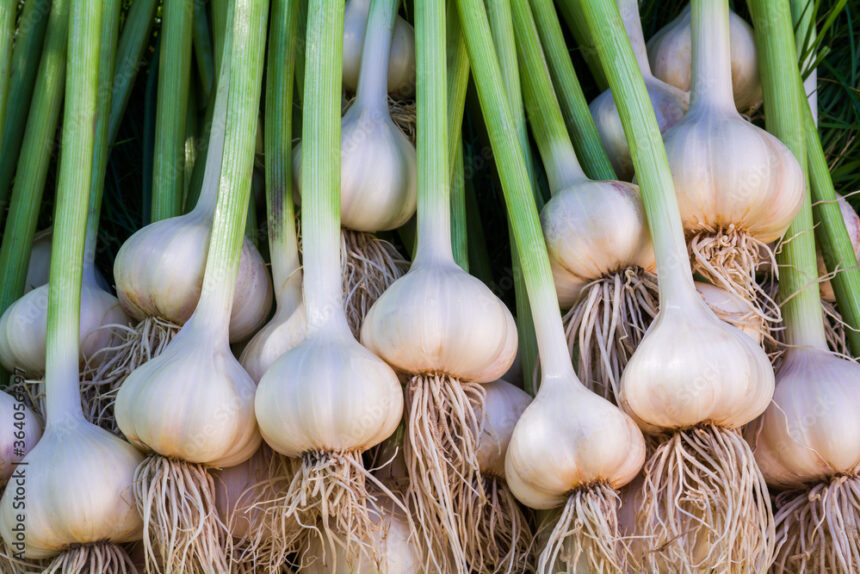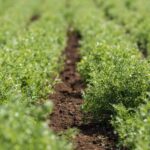When growing garlic in South Africa, there are several infections and diseases that you should watch out for to ensure the health and productivity of your crop. Here are some common ones:
- White Rot (Sclerotium cepivorum): This is a devastating soil-borne fungal disease that affects garlic and other Allium crops. It causes white, fluffy fungal growth around the base of the plant, leading to the rotting of bulbs and wilting of leaves. Proper crop rotation, maintaining well-drained soil, and avoiding excessive irrigation can help prevent white rot.
- Pink Root (Phoma terrestris): Pink root is a fungal disease that affects garlic roots, causing them to turn pink or reddish-brown. Infected plants may exhibit stunted growth and yellowing of leaves. Maintaining proper soil pH and drainage, using disease-free seed cloves, and avoiding excessive nitrogen fertilization can help manage pink root.
- Downy Mildew (Peronospora destructor): Downy mildew is a common fungal disease that affects garlic foliage, causing yellow or chlorotic patches on leaves. It also produces a purplish-gray fuzzy growth on the undersides of leaves. Adequate spacing between plants, good airflow, and regular inspection for early signs of the disease are important for control.
- Garlic Mosaic Virus (GarMV): Garlic mosaic virus is a viral disease that causes mosaic patterns and yellow streaking on garlic leaves. It can reduce bulb size and overall yield. Planting virus-free seed cloves, controlling aphid populations (vectors of the virus), and removing and destroying infected plants are essential for managing GarMV.
- Stem and Bulb Nematodes (Ditylenchus dipsaci): These microscopic roundworms infest garlic plants, causing swollen and distorted stems, bulbs, and cloves. Crop rotation, using disease-free seed cloves, and avoiding the introduction of nematodes through contaminated soil or equipment can help prevent their establishment.
- Fusarium Basal Rot (Fusarium oxysporum f. sp. cepae): Fusarium basal rot is a soil-borne fungal disease that affects the basal plate and roots of garlic bulbs. Infected plants exhibit browning and decay of the basal plate, leading to plant wilting and death. Proper soil drainage, crop rotation, and avoiding overwatering can help manage this disease.
To ensure a healthy garlic crop, it’s important to practice good cultural practices such as planting disease-free seed cloves, maintaining proper spacing, providing adequate nutrition, and monitoring your plants regularly for any signs of infections or diseases. If you suspect any issues, it’s advisable to consult with local agricultural extension services or plant pathologists who can provide specific guidance for your region in South Africa.









